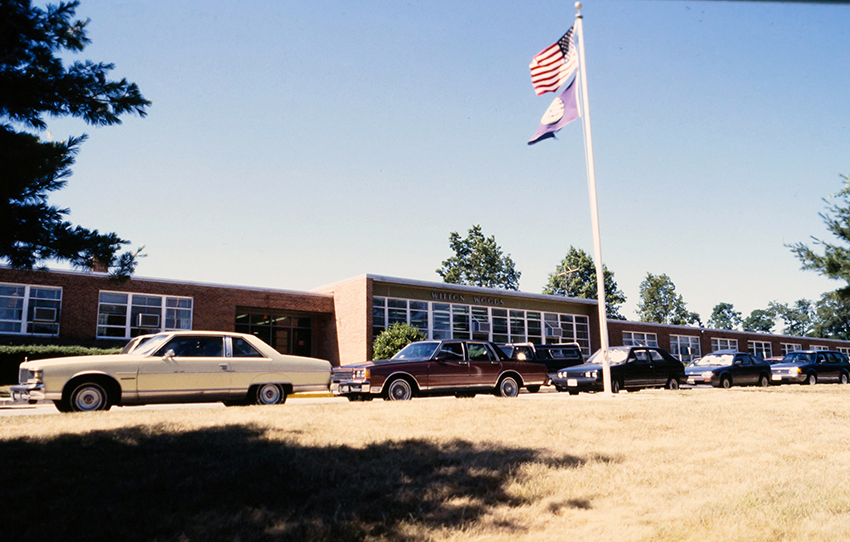School History: 1950-1980
Rapid development of Alexandria area neighborhoods in the late 1940s led to severely overcrowded conditions at Groveton, Franconia, and Lee-Jackson Elementary Schools. Fairfax County Public Schools (FCPS) hastened to build new elementary schools in the area, but construction proceeded slowly because there was very limited funding for school construction. By January 1950, construction of 350 homes in the new Burgundy Village neighborhood was proceeding at a rapid pace, and the Fairfax County School Board secured an eight-acre tract of land in the development for a school site.
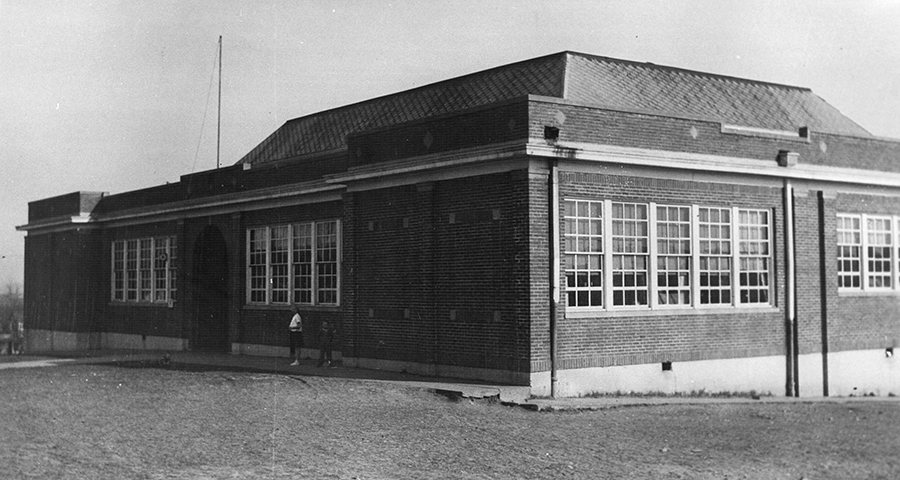
On January 10, 1952, the School Board directed architect Robert A. Willgoos to proceed with drawing plans for a ten-classroom elementary school with a cafeteria at the Burgundy Village site. On April 17, 1952, the School Board awarded the contract for the construction of the Burgundy School to the Howard-Mitchell Construction Company of Richmond, Virginia, at a cost of $283,224.
Choosing a Name
Shortly after construction began, the School Board was approached by David Scull, President of the Board of Directors of the Burgundy Farm Country Day School. Mr. Scull requested that the name of the new elementary school be something other than Burgundy in order to avoid confusion with his school which had already been in operation for several years. On May 29, 1952, Mrs. Beatrice Claire Lofchie, Chairman of the committee for naming the new school under construction in Burgundy Village, submitted three names to the School Board for consideration: Cameron Run, Happy Valley, and Elmwood. Superintendent W. T. Woodson suggested that Cameron was a good choice because there had been a one-room schoolhouse in the area by that name. However, the School Board selected the name Happy Valley instead.
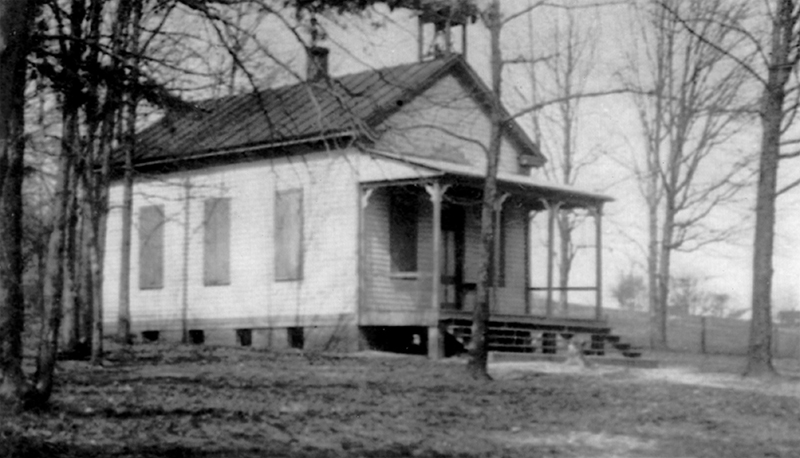
It was originally hoped that Happy Valley Elementary School would be completed during the fall of 1952, but construction progress lagged well behind schedule. The 1952-53 school year began with nearly 20,000 students enrolled in FCPS, and the few schools in operation at this time were severely overcrowded. Around the county, many first and second grade students attended school on half-day shifts. Students were packed into auditoriums, libraries, cafeterias, Quonset huts, churches, fire stations, and other makeshift classroom spaces. On December 23, 1952, the Alexandria Gazette reported that Happy Valley Elementary School was less than 50 percent complete. Around this same time, it came to the attention of the School Board that a growing number of people in the community were dissatisfied with the choice of the name Happy Valley, and, on January 6 1953, the Board voted to rename the building Cameron Elementary School.
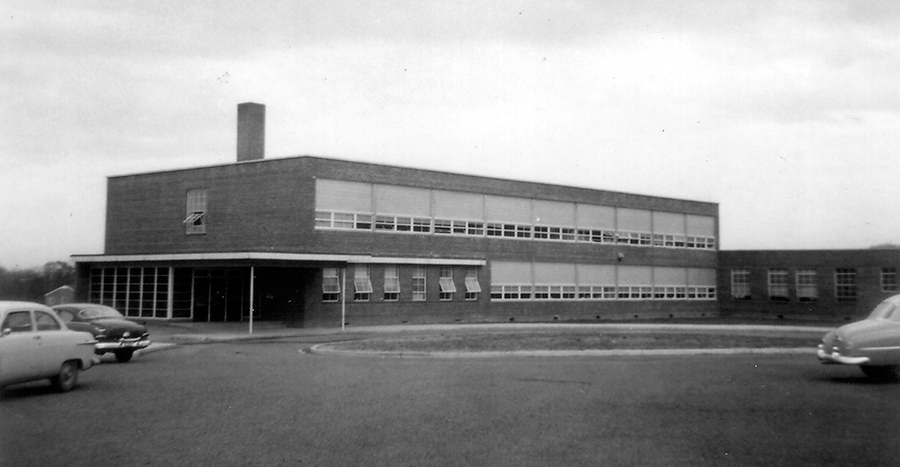
The First Principal and Teachers
According to School Board meeting records, William V. Jackson was appointed principal of Cameron Elementary School in the spring of 1953. However, construction of the school was completed so late in the school year that the building wasn’t opened. It is unlikely Mr. Jackson ever served as principal, because on July 15, 1953, Mary Virginia Gouldman was hired as principal of Cameron. She opened the school on September 8, 1953 with eleven teachers: Virginia Clapp, Gladys Davis, Margaret Dodson, Jean Firkins, Marguerite Gates, Jean Kyle, Martha Mendenhall, Laura Mills, Elizabeth Shaffer, Rebecca Tallman, and Pearl Thompson. Edgar Campbell was hired as a full-time custodian, and James Potter was hired as a part-time custodian. The first teachers made between $2,700 and $4,800 per year, depending on their level of education and certification, and years of experience. Principal Gouldman was hired on a ten-month contract at a salary of $4,760. The Cameron Elementary School Parent-Teacher Association (PTA) formed shortly after the school opened. Colonel Ellsworth Davis was its first president, and Rae Ellison and Mary Dodson served as co-vice presidents.
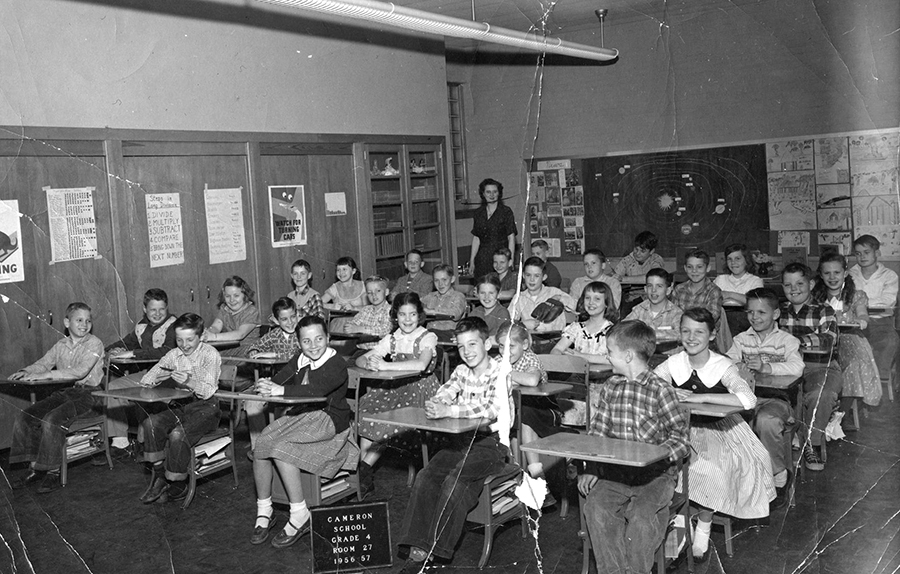
The First Additions
By the spring of 1953, it became clear that Cameron Elementary School wasn’t going to be large enough to accommodate the significant number of children moving into the area. Plans for a two-classroom addition were prepared and construction began in May 1954. Work on the addition had barely begun when the School Board, having received a report on projected enrollment for the coming school year, entered into negotiations with contractor Eugene Simpson and Brother, Inc., to increase the size of the addition to six classrooms. The project was completed within a few months at a cost of $134,000. Even with the additional classroom space, it was necessary for 200 first and second graders to attend Cameron on half-day shifts.
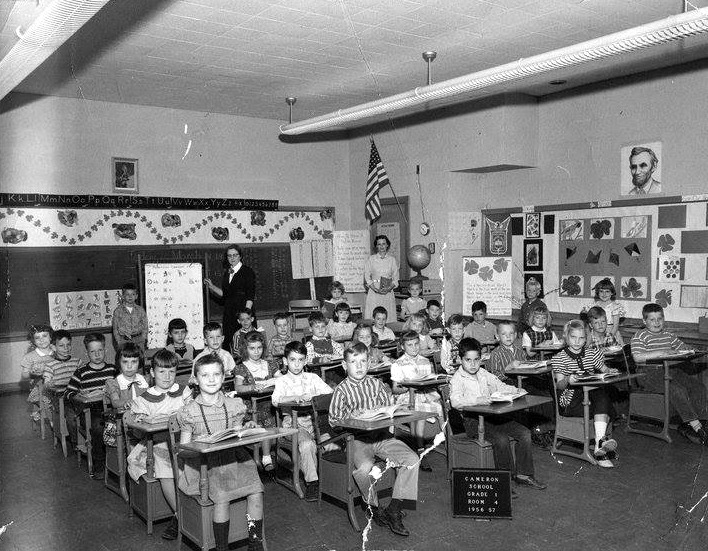
The 1955-56 school year began a new principal, Hazel W. Caldwell, 16 teachers, and a part-time librarian, Ina Jo Griffith. In March 1956, the architecture firm of Willgoos and Chase was hired to design a four-classroom addition to Cameron Elementary School. This second addition was built by R. N. Rust of Alexandria, Virginia, and was completed in May 1957, at a cost of $49,000.
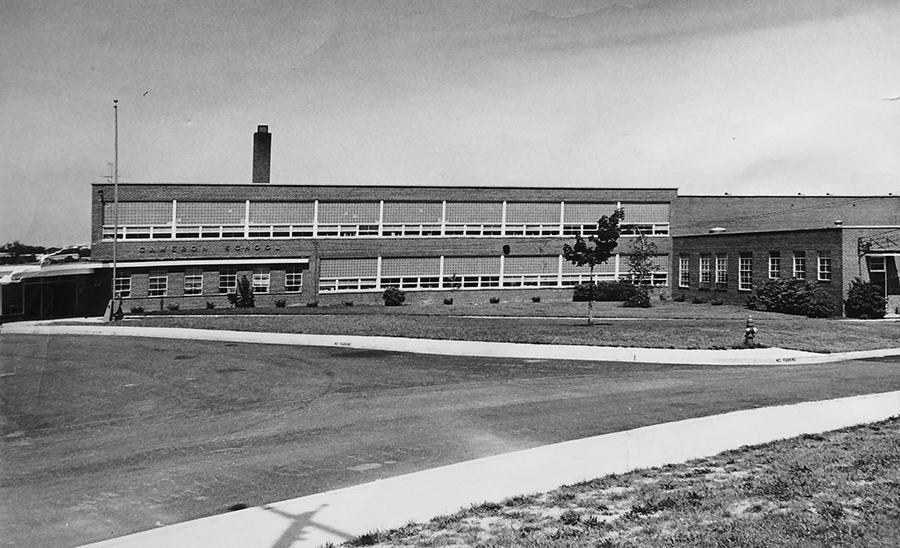
In July 1957, William E. Campbell was appointed the third principal of Cameron Elementary School. He led Cameron for three years.
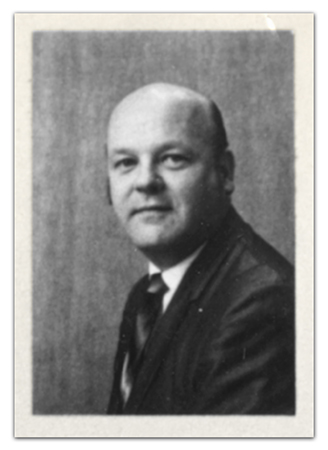
Integration
The Supreme Court’s ruling in the case of Brown v. Board of Education to desegregate public schools was handed down in 1954, but by the early 1960s change had yet to come to many of Virginia’s public schools. Many state legislators were actively seeking ways to prevent integration, and, because of these resistance efforts, it wasn’t until the 1960-61 school year that FCPS was able to begin desegregating its public schools. The first two schools to integrate were Belvedere and Cedar Lane elementary schools in September 1960. It wasn’t until the end of the 1965-66 school year that all public schools in Fairfax County achieved full racial integration. During the intervening years, African-American children wishing to enroll in formerly all-white schools had to request approval from the Fairfax County School Board. Prior to integration, Cameron Elementary School had only served white children from the surrounding community. African-American children living in the vicinity of Cameron were bused to Drew-Smith Elementary School located on Fordson Road in the Gum Springs community. It is unclear when the first African-American children enrolled at Cameron, but it certainly would have been by September 1965.
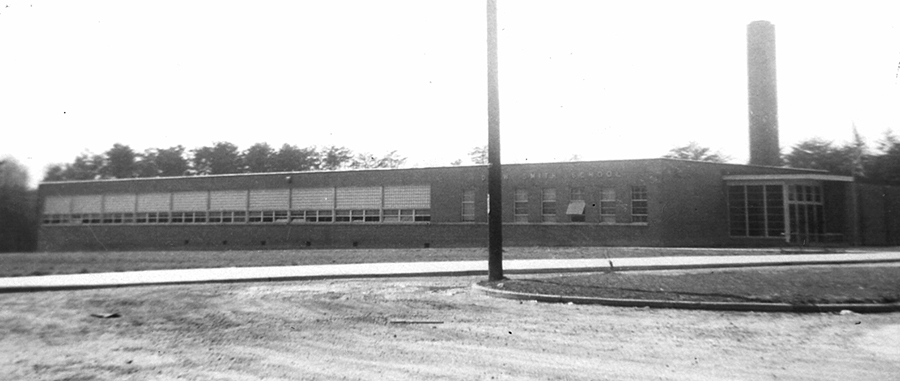
The 1960s
The decade of the 1960s brought additional changes to Cameron Elementary School. In September 1960, FCPS opened its first intermediate schools. Prior to this time, elementary schools in Fairfax County educated children in grades one through seven.
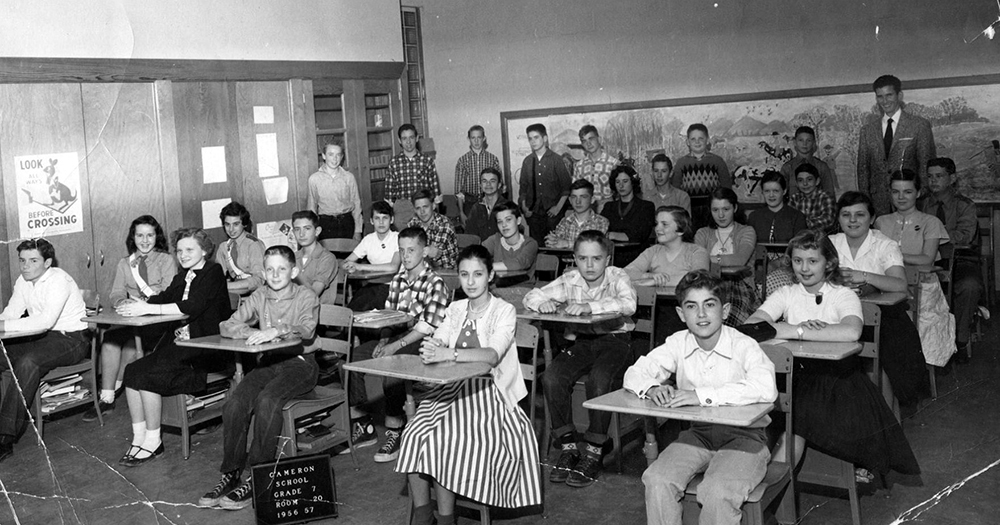
In 1960, the seventh grade children in the Cameron attendance area were assigned to Mark Twain Intermediate School.

In July 1960, Principal William Campbell departed Cameron and became the first principal of Twain Intermediate School. He was succeeded by Charles Ryland Hughes who led Cameron during the time period of desegregation. In 1966, Principal Hughes suffered a heart attack, and Cameron fifth-grade teacher Lois P. Queen became acting principal for the remainder of the school year.
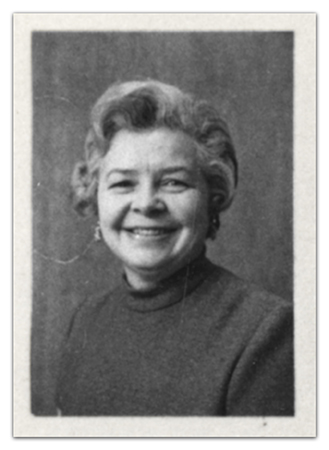
During Queen’s time as principal, FCPS continued to experience rapid student-population growth, adding approximately 6,000 additional students every year. From September 1967 to September 1968, the student population jumped from 107,000 to 121,770, but this significant increase was due in large part to the implementation of a new program division-wide. During the 1967-68 school year, a kindergarten program was piloted in several schools. The pilot proved so successful that kindergarten was added in every elementary school the following year. More than 8,000 five-year-olds entered FCPS kindergarten classrooms in September 1968.
The 1970s
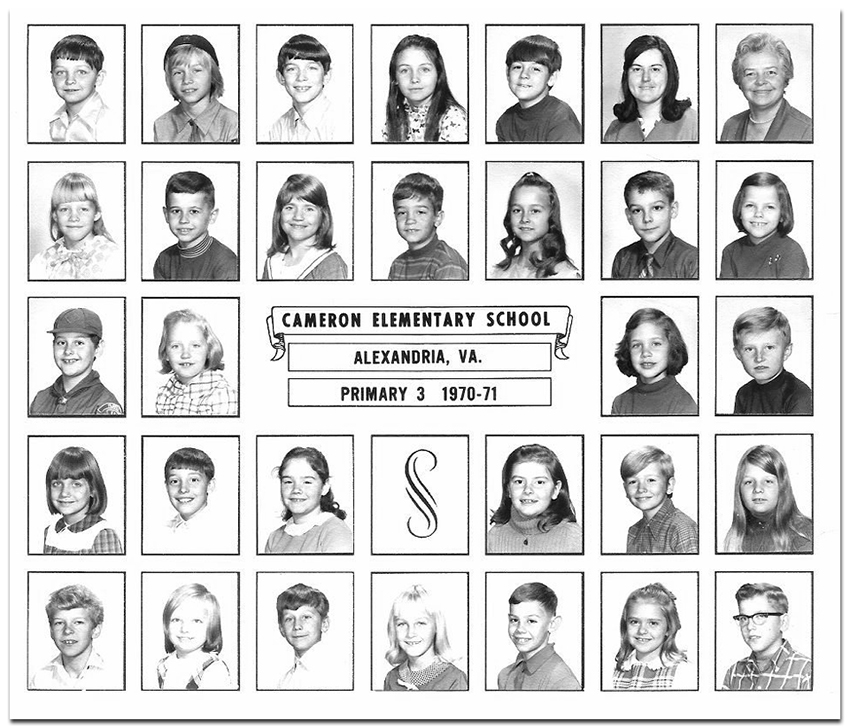
In the late 1960s, FCPS administrators began planning a third addition to Cameron Elementary School. Construction began in June 1970 and was completed in less than a year at a cost of $576,862. A large addition was constructed on the northeast side of the building consisting of general education classrooms, a resource area, music room, science lab, gymnasium, a central courtyard, and new office spaces. The main entrance of the building was moved at this time from Norton Road to Campbell Drive. Cameron Elementary School was rededicated on Saturday, June 12, 1971.
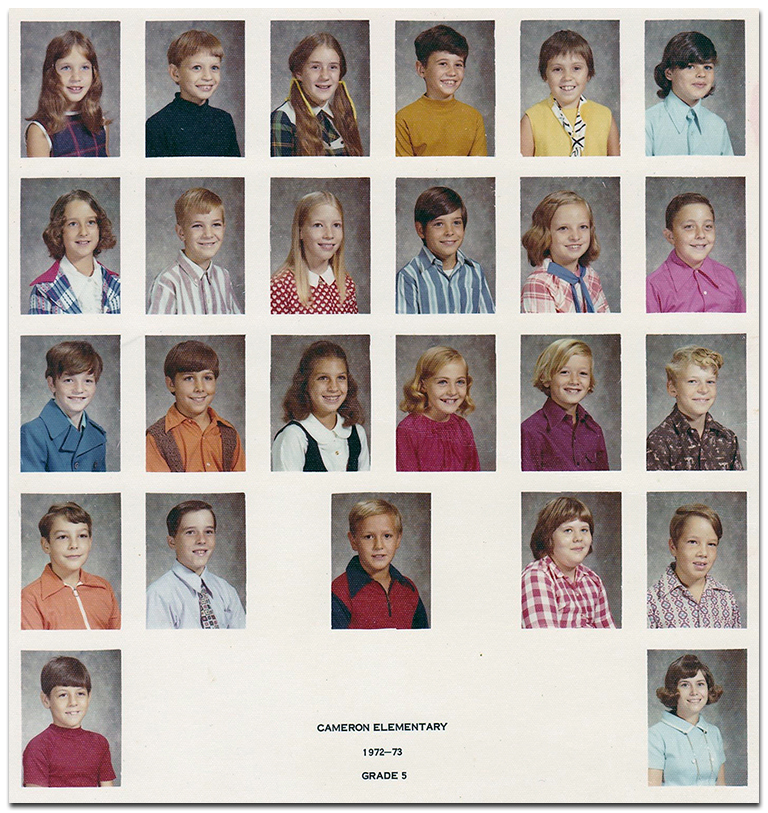
During the summer of 1971, Douglas W. Dalton was appointed the sixth principal of Cameron Elementary School. He led Cameron until 1978, with the possible exception of a short period in the mid-1970s when, according to alumni, an acting principal subbed in his place.
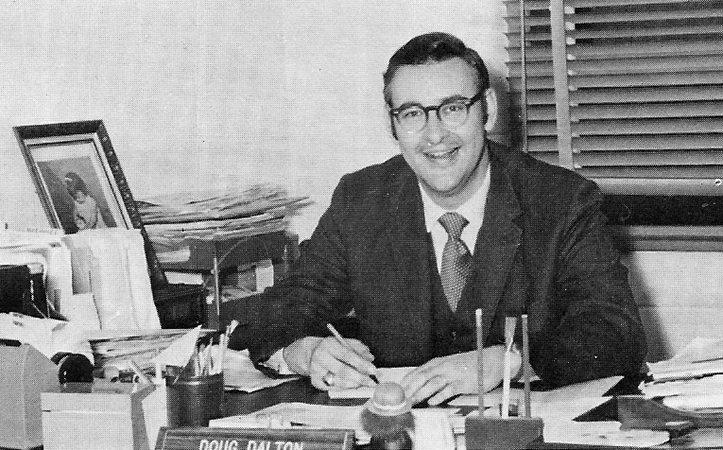
In July 1971, an Early Childhood Learning and Demonstration Center was established at Cameron. The center was initially funded by a $215,000 grant from the U.S. Federal Government and was planned to operate for a three-year period. This center was likely the forerunner of the privately-run Mount Vernon-Lee Day Care Center which operated out of leased classroom space in the original wing of the building in the late 1970s. Cameron continued to house a privately-run daycare center until the end of the 2017-18 school year.
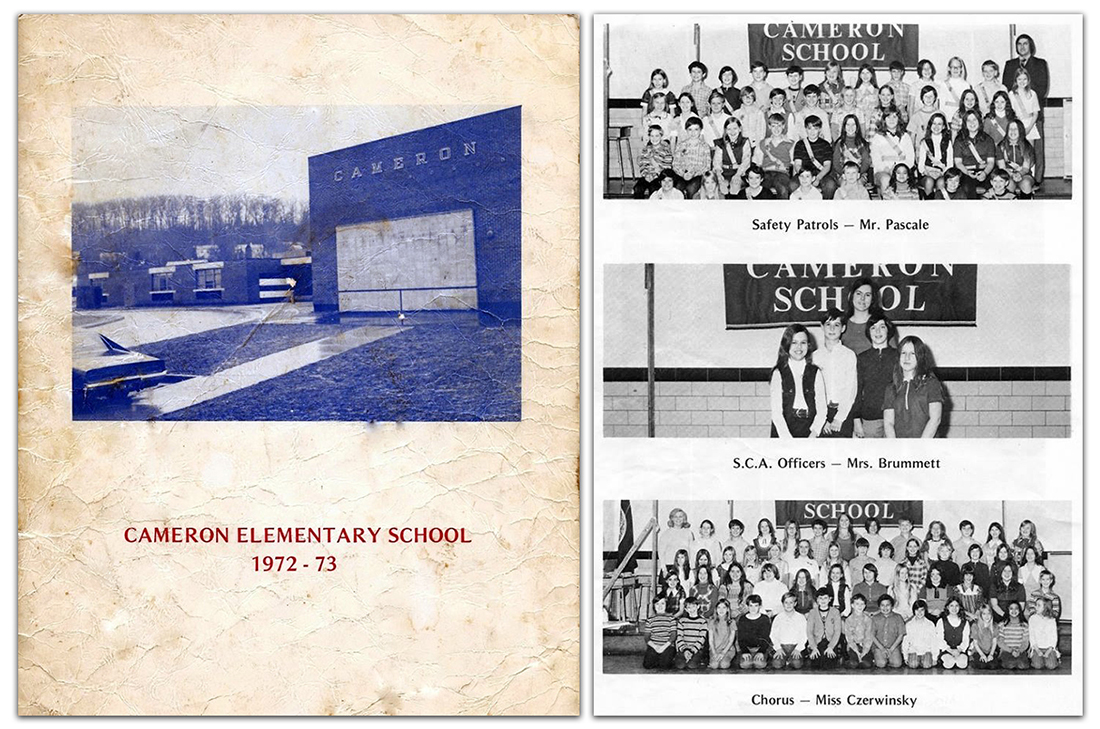
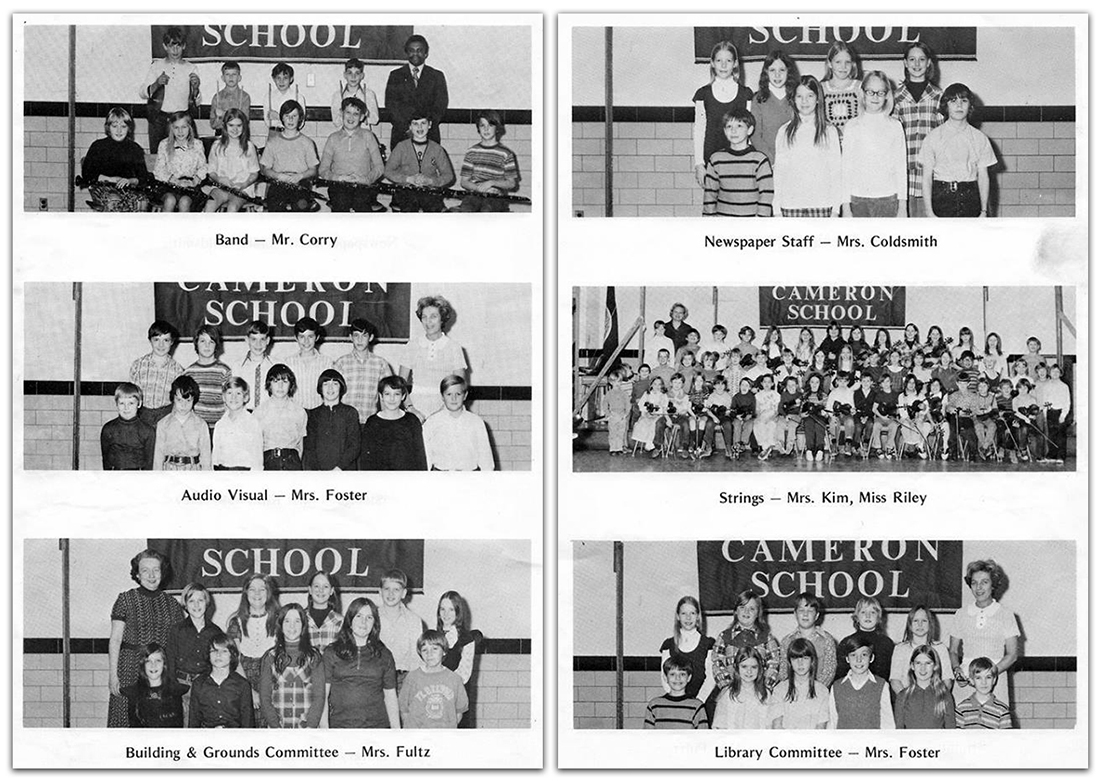
Wilton Woods Elementary School
From the mid-1970s into the early 1980s, student enrollment began a gradual decline resulting in the closure of several schools in the eastern part of Fairfax County. The closures affected neighborhoods that saw the earliest growth post-World War II. The children in these neighborhoods were graduating high school, and there were fewer families in the area with young children.
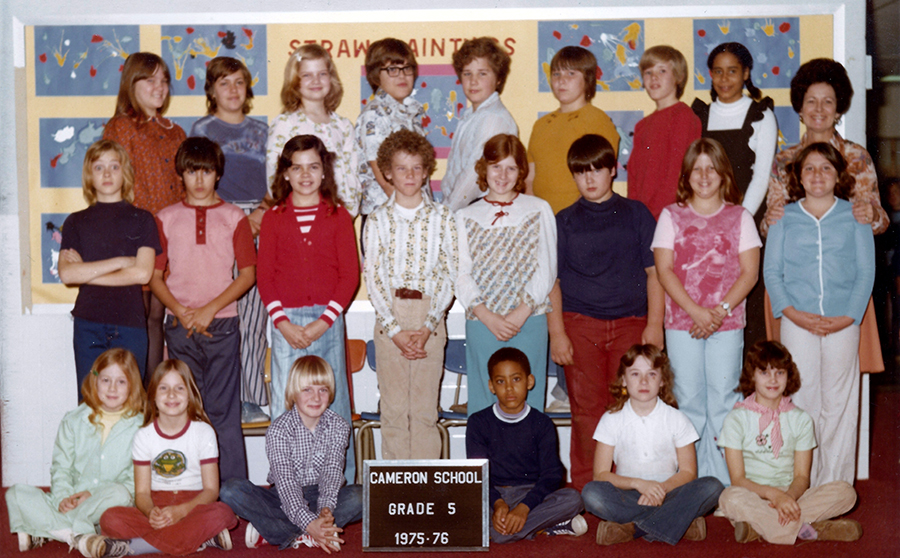
From 1975 to 1979, enrollment at Cameron Elementary School fell from 406 to 308 students. This led to the consolidation of students into multi-grade classes.
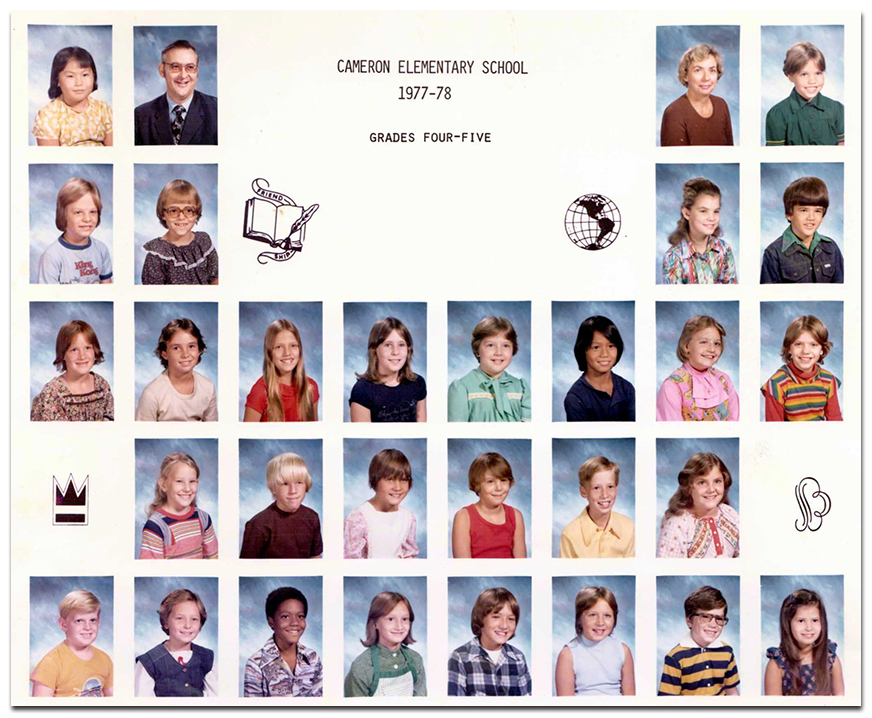
While the system overall was growing rapidly, older schools in the more highly populated, established areas were declining with partially empty buildings and small enrollments. Cameron had been one of those schools. Rather than closing it, a large number of students were being transferred in from several schools that were being closed.
~ George Towery (Principal, 1980-2010)
In May 1980, the School Board voted to close nearby Wilton Woods Elementary School permanently at the end of the school year. The closure of Wilton Woods boosted enrollment at Cameron by more than 100 students the following year.
